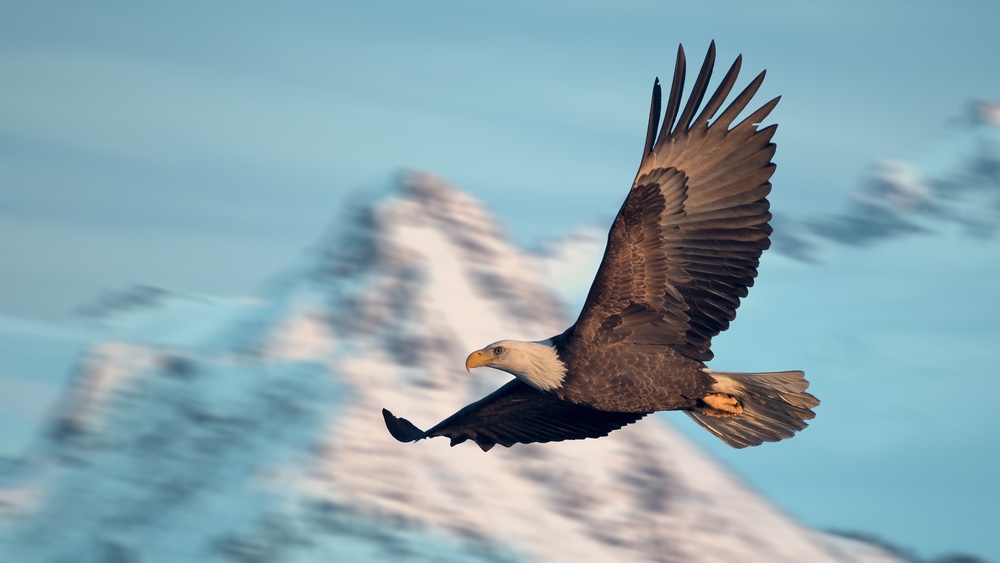
Researchers at the University of San Diego and The Abdus Salam International Center for Theoretical Physics in Trieste, Italy are seeking to better understand the way some birds – such as albatross, hawks, or eagles – find and navigate thermal updrafts in which they soar.
Migrating birds and gliders use warm air thermal columns to cover large distances while minimizing the energy cost of propelling themselves using flapping or engines. Effectively utilizing these convective currents is complicated by strong turbulent fluctuations that accompany them. The researchers used modern machine learning techniques to train a glider with a six and a half foot wingspan (two meters) to pick up on environmental cues and navigate atmospheric thermals autonomously. The glider was equipped with a flight controller that precisely controlled the bank angle and pitch, modulating these at intervals with the aim of gaining as much lift as possible. A navigational strategy was determined solely from the glider’s pooled experiences, collected over several days in the field. Over many flights and a total flight time of sixteen hours, the autonomous glider grew steadily better at anticipating which turns and angles to take in response to wind conditions and therefore would remain in flight for longer periods of time.
The results of the study have advanced their understanding of the role of vertical wind accelerations and roll-wise torques as effective mechanosensory cues for soaring birds and is directly applicable to the development of autonomous soaring vehicles. The researchers results were published the results of their study in the journal Nature.
